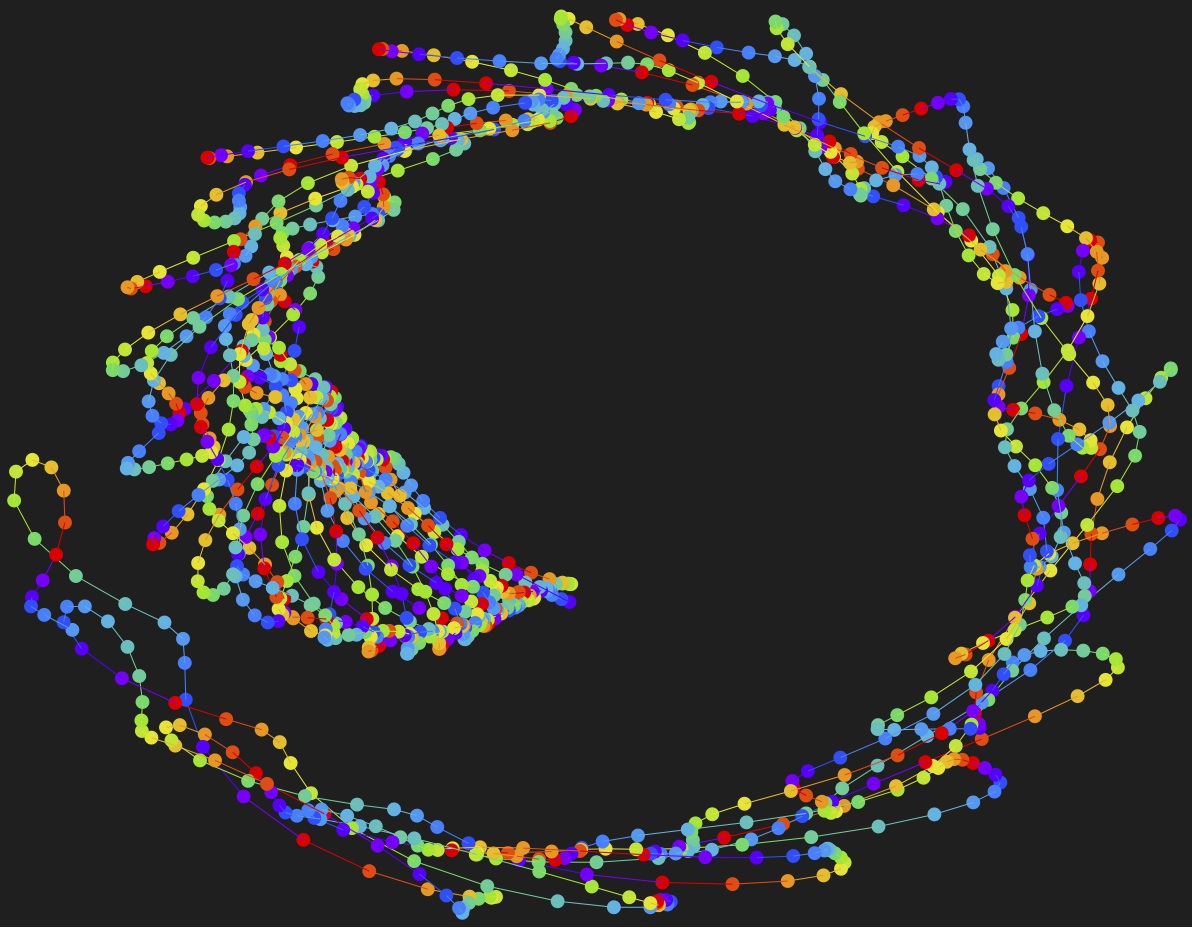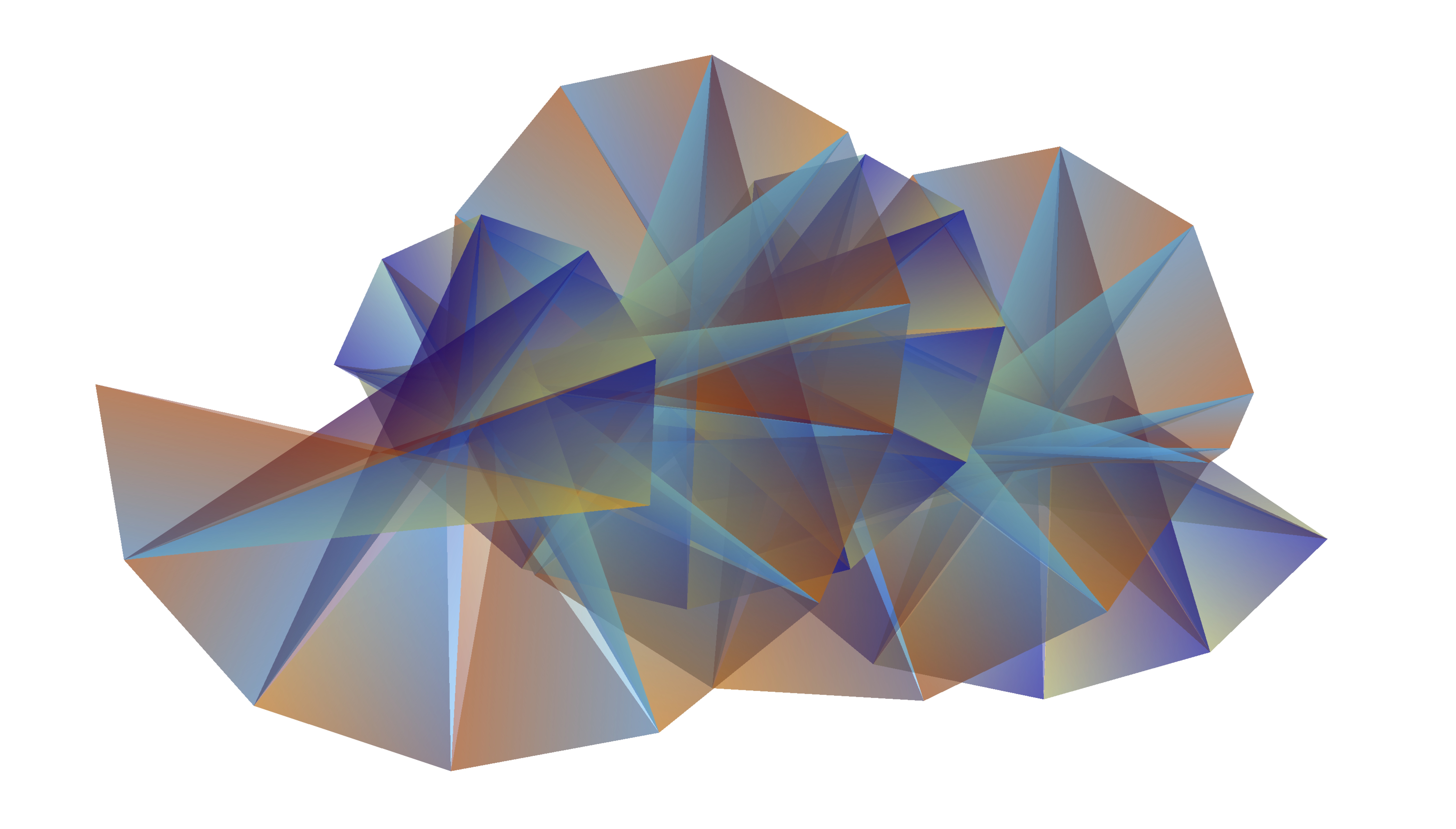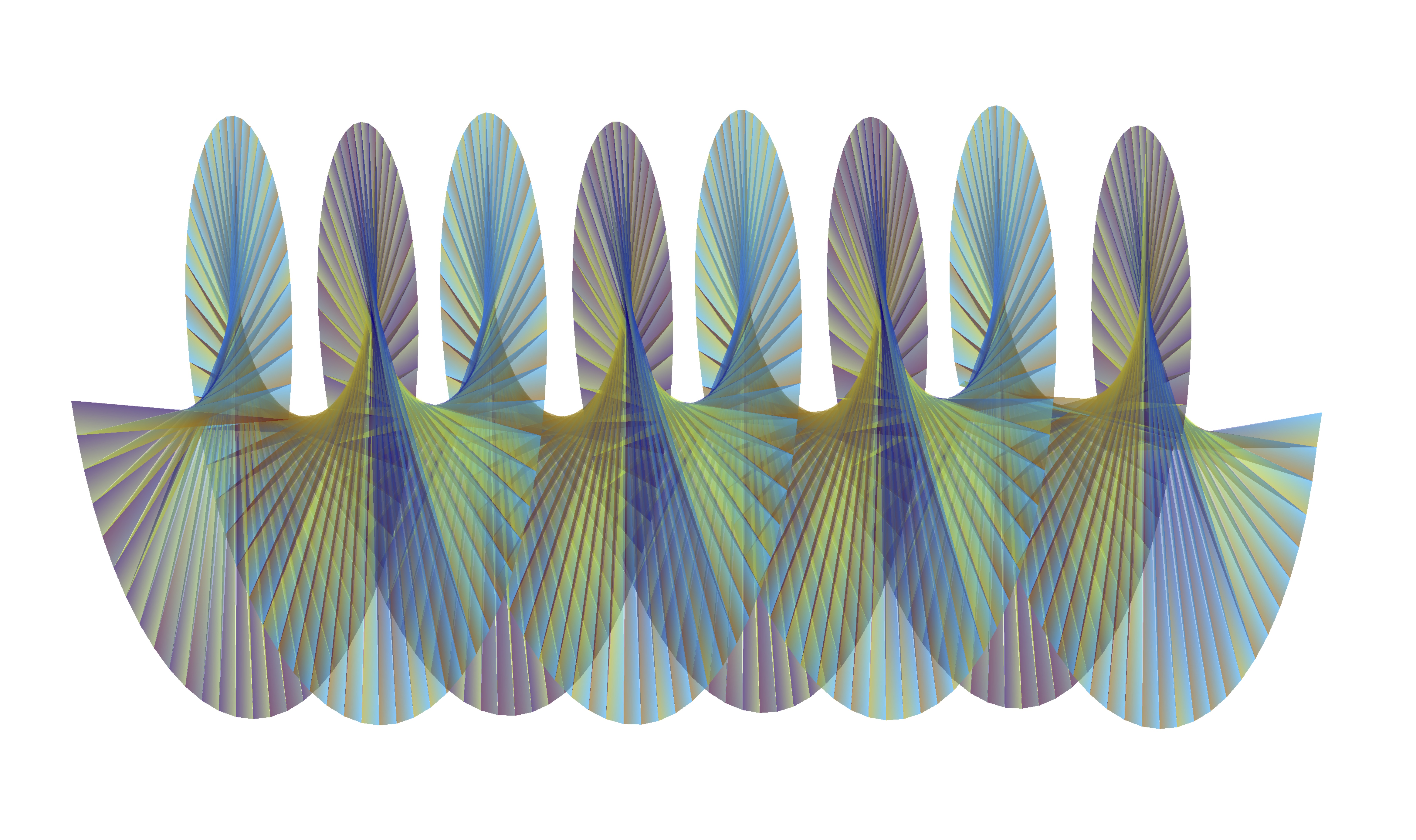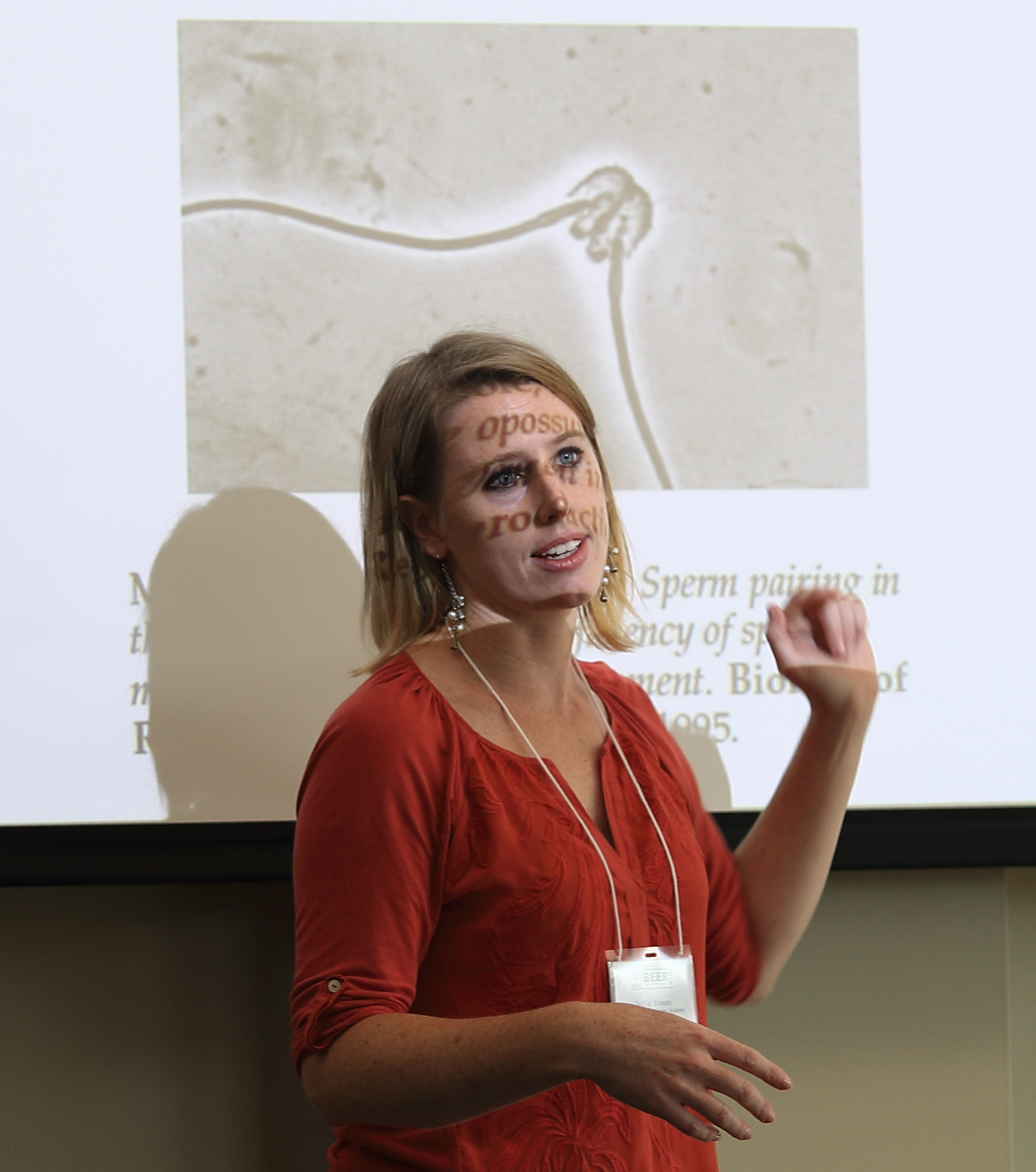I am an applied mathematician specializing in cellular motility, modeling, and computational simulation. I started
off my mathematical trajectory majoring in pure math, with a minor in statistics,
before transitioning over to studying applications in biology. My love for working
with students and STEM outreach are what drew me to Cal Maritime: teaching, STEM education,
and equity are what motivated me to pursue this career path.
I am a mathematics minor advisor and I particularly enjoy teaching calculus, differential equations, and statistics
due to their relevance to applications and problems that I work on in my research
and beyond.
My colleagues have recognized me for my work in scholarship and service, with the Outstanding Scholarship
award in 2018, the Outstanding Service award in 2019 and the Mission Achievement Award
for Academic Excellence in 2021. Two of my major service roles are as co-chair of
the DEI Council and as the quantitative reasoning representative for our GE Committee.
Beyond Cal Maritime, I am involved in service with the Mathematical Association of
America, Bay Area Mathematics Olympiad, as well as the CSUPERB and STEM-NET affinity
groups in the CSU.
Please see my full CV here.
My research focuses on the fluid mechanics of cellular motility. I have published
work in bacterial motility, blood clotting, and–most prominently–sperm motility. I
am primarily interested in understanding how sperm swim near surfaces, in complex
fluids, and near other sperm and the impact of these behaviors on fertility. This
research activity involves mathematical modeling, computational simulation, and collaboration
with biologists.
Undergraduate research: many of my projects are amenable to undergraduate research projects for students who
have passed Calculus 2. I am currently looking for students interested in applying
for the Howell-CSUPERB funding for a project related to women's fertility, ideally students with freshman
or sophomore standing. Please email me if this is of interest to you.
Highlighted publications include:
- Simons, J. & Rosenberger, A. (2021). Flagellar Cooperativity and Collective Motion
in Sperm. Fluids, 6, 353.
- Simons, J. E., & Olson, S. D. (2018). Sperm motility: models for dynamic behavior
in complex environments. Cell Movement, 169-209.
-
- Cripe, P., Richfield, O., & Simons, J. (2016). Sperm pairing and measures of efficiency
in planar swimming models. Spora: A Journal of Biomathematics, 2(1), 5.
- Simons, J., Fauci, L., & Cortez, R. (2015). A fully three-dimensional model of the
interaction of driven elastic filaments in a Stokes flow with applications to sperm
motility. Journal of Biomechanics, 48(9), 1639-1651.
- dePillis, L., Graham, E. J., Hood, K., Ma, Y., Radunskaya, A., & Simons, J. (2015).
Injury-initiated clot formation under flow: a mathematical model with warfarin treatment.
In Applications of Dynamical Systems in Biology and Medicine (pp. 75-98). Springer, New York, NY.
- Simons, J. E., & Milewski, P. A. (2011). The volcano effect in bacterial chemotaxis.
Mathematical and Computer Modelling, 53(7-8), 1374-1388.
Art and mathematics are intrinsically linked, not only due to geometry but also due
to patterns and deeper mathematical ideas that can be represented visually or with
sound. Here are a few images generated from some of my research projects, in which
I attempt to show 3-dimensional trajectories generated by nearly-planar waveforms
of undulating curves in highly viscous fluids. These trajectories model how sperm
may move through fluids over time, but also illustrate how collapsing 3-dimensional
data onto the plane can render an entirely unexpected form.




Check out this awesome artwork from the 2021 Joint Mathematics Meetings.




